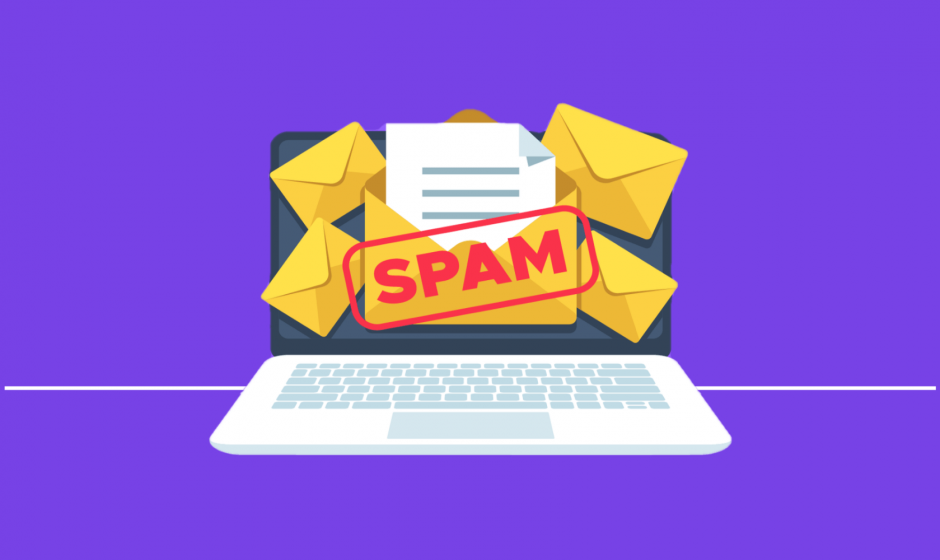If you’ve noticed an influx of spam emails getting into your inbox, you may be wondering how to stop this. Typically, spam or junk emails are supposed to be filtered out and kept in a separate inbox, but sometimes these unsolicited messages still get through. You may also receive a massive amount of marketing emails that you don’t remember signing up for, and these more often than not tend to show up in the main inbox.
There are a few ways you can prevent these emails from reaching your main inbox and cluttering it up — there are also some ways to prevent spam or annoying marketing emails from getting to you in the future. However, there are some instances in which your email address may be beyond saving from spam and should ideally be changed altogether. This could be the case if, for example, your email address has been compromised in a breach, which makes it available to the public and therefore an attractive target for scammers. Otherwise, if you want to save your account from spam, here are a few ways to do it.
Unsubscribe, but be careful
For mass marketing emails that you likely didn’t want a subscription to, there’s a simple way to stop them in their tracks: by either finding the Unsubscribe button in an email sent to you or on the company’s website. The best option is to unsubscribe via the company’s website, as you can be 100% sure you aren’t clicking on a suspicious link. Sometimes, scammers posing as a real company will put unsubscribe links in their emails in order to get you to click on them. From there, your computer could become vulnerable to viruses or you may be sent to a risky website used for phishing purposes.
Gmail makes it easy to unsubscribe from these sorts of emails, though. When you open an email from a company, next to its name at the top left of the email you’ll see the sender’s email address. Next to that, you should see a grey Unsubscribe button. Clicking on that button will unsubscribe you from those annoying emails so they no longer appear in your inbox (via Google). This is a handy option to ensure that you aren’t clicking on any malicious links. Outlook, the popular Gmail alternative from Microsoft, also offers a prominent Unsubscribe button at the top of emails for quickly removing yourself from unwanted subscriptions.
Mark it as spam
If you notice a spam email in your main inbox, don’t open it or click anything within it. Scammers who are tracking your activity on the email may mark you as more vulnerable and increase the spam emails sent to you, as explained by The Washington Post. You could simply delete the spam emails, but if you mark the message as spam and have it sent to the spam or junk folder instead, your email provider will likely flag the sender and prevent them from appearing in your inbox in the future.
You can mark emails as spam by clicking on the check box beside the message. After that, at the top of your inbox, you should see a Report Spam button (or something similar, depending on which application you may be using). Click on that button and the email will be moved to your account’s spam folder and reported. You don’t need to worry too much about your spam folder since emails there should be auto-deleted every so often (via Google).
Use a separate email for sign-ups
It can be incredibly annoying to have marketing emails cluttering up an email account used for personal or business reasons. Because of this, it’s best to create a separate email address that you use solely for signing up to websites and purchasing things, as recommended by the FTC. It’s very easy to accidentally sign up for a newsletter or other marketing ploys, so when that happens you can prevent them from messing up your more important inboxes with this method.
This can also be an effective way to keep your important information secure. An email address used to sign up for many websites is at greater risk of being compromised in a breach, and you don’t want that happening to an address that’s also tied to your more important accounts. Having a throwaway email address for sign-ups will ensure your more sensitive information can’t be accessed on top of keeping spam emails out of your inbox.
Read More: https://www.slashgear.com/933551/how-to-stop-spam-emails/?utm_campaign=clip




